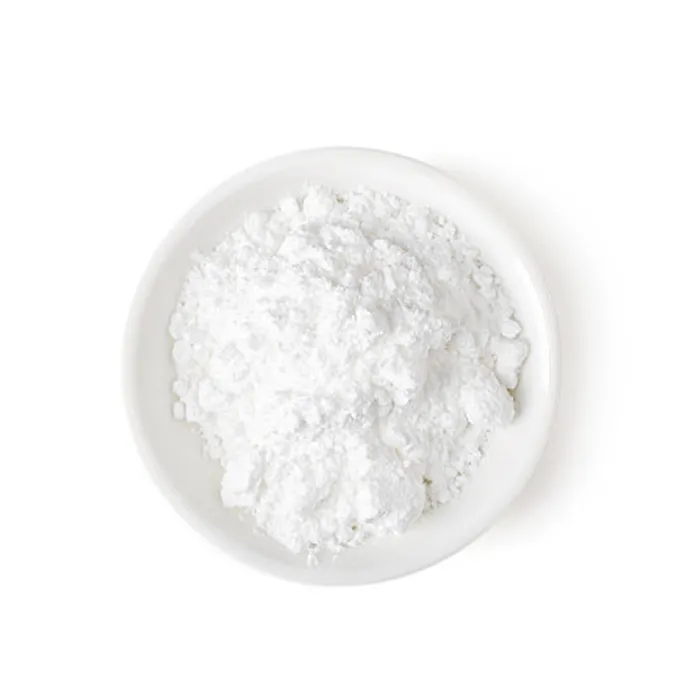Understanding Pentoxifylline Tablets Uses, Mechanism, and Considerations
Pentoxifylline is a medication that has been widely used since the 1980s for a variety of medical conditions. It is often employed to improve blood flow in patients suffering from peripheral vascular disease. This article delves into the uses, mechanism of action, and important considerations regarding pentoxifylline tablets.
Uses of Pentoxifylline
Pentoxifylline is primarily used for treating intermittent claudication, a condition characterized by pain and cramping in the legs due to insufficient blood flow during physical activity. Patients with this condition may find it difficult to walk long distances without experiencing discomfort. Pentoxifylline helps improve walking distance and overall quality of life in these individuals.
In addition to its use in peripheral vascular disease, pentoxifylline is also employed to address complications related to diabetes, such as diabetic neuropathy. It may aid in improving circulation and reducing the risk of complications associated with poor blood flow. Furthermore, pentoxifylline has shown promise in treating conditions like chronic venous insufficiency and certain inflammatory diseases.
Mechanism of Action
Pentoxifylline belongs to a class of medications known as xanthine derivatives. Its primary mechanism of action is to improve the flexibility of red blood cells. By increasing the deformability of erythrocytes, pentoxifylline facilitates better blood flow through microcirculation, enhancing oxygen delivery to tissues that may be starved of adequate blood supply.
pentoxifylline tab

Additionally, pentoxifylline has anti-inflammatory properties, which can be beneficial in conditions where inflammation contributes to vascular issues. It inhibits the production of tumor necrosis factor-alpha (TNF-α) and other pro-inflammatory cytokines, thereby reducing inflammation within blood vessels. This combination of improved blood flow and reduced inflammation underscores the medication's effectiveness in various clinical scenarios.
Considerations and Side Effects
While pentoxifylline is generally well-tolerated, it is important for patients to be aware of potential side effects. Common side effects may include gastrointestinal disturbances such as nausea, vomiting, and diarrhea. Moreover, some individuals may experience dizziness or headache upon taking the medication.
Patients with a history of bleeding disorders, recent surgery, or those who are pregnant or breastfeeding should consult their healthcare provider before starting pentoxifylline. Additionally, individuals taking anticoagulants or antiplatelet medications should exercise caution, as pentoxifylline may enhance their effects, leading to an increased risk of bleeding.
Moreover, regular monitoring by healthcare professionals is essential to assess the medication's effectiveness and make any necessary adjustments to dosage. Patients should inform their doctors of any existing medical conditions or medications they are taking to ensure safe and effective treatment.
Conclusion
Pentoxifylline tablets play a vital role in improving blood flow and alleviating symptoms associated with peripheral vascular disease and related conditions. Understanding how this medication works and its potential side effects can help patients make informed decisions about their treatment options. As with any medication, consulting a healthcare professional is crucial for ensuring safety and effectiveness. For those struggling with circulation issues, pentoxifylline represents a valuable tool in the management of their condition.

